Dehydrating Eggs
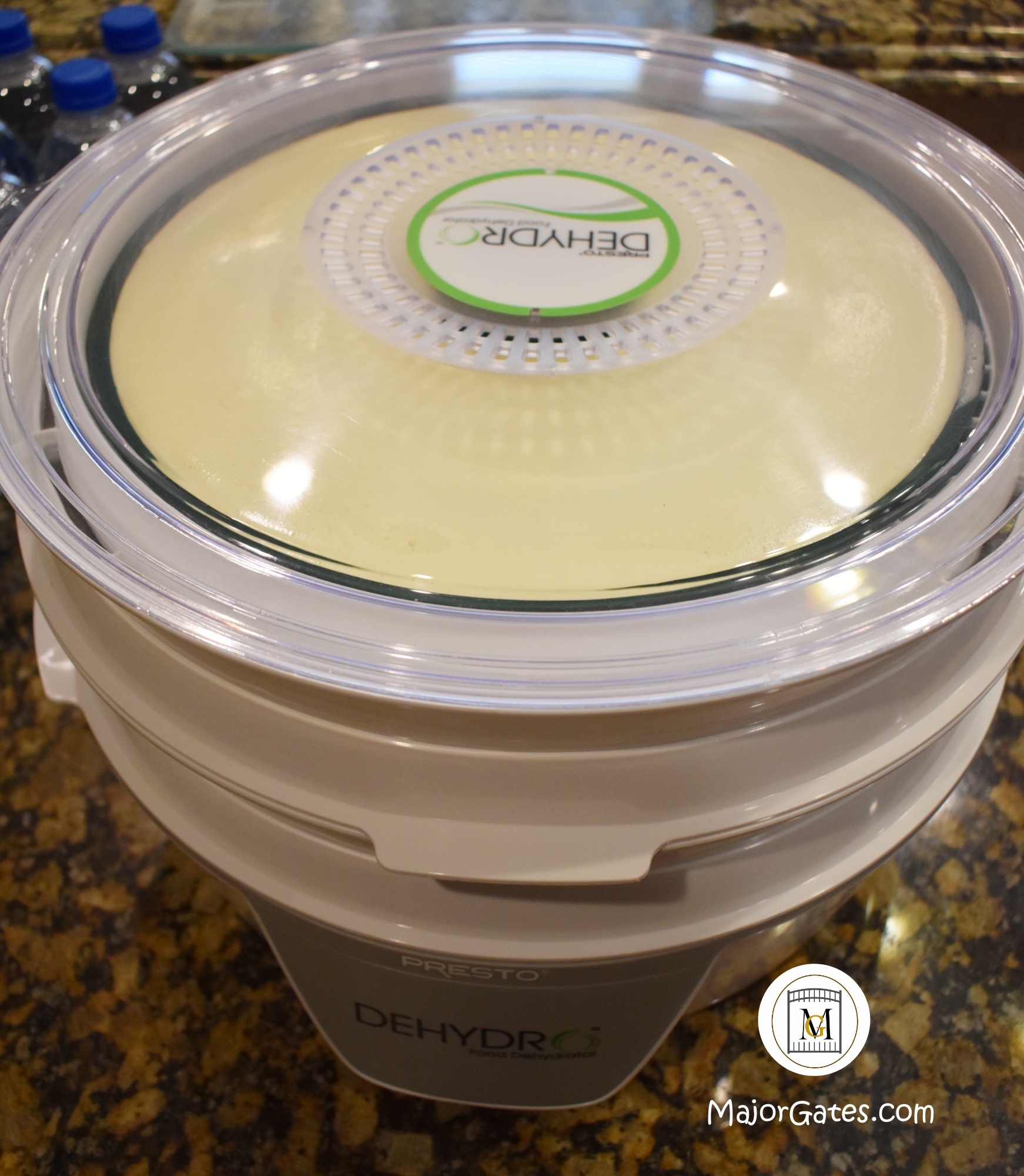
Dehydrating Eggs is pretty easy and will add to your basic food security. If they are fully dry and dehydrated and then stored properly, they can last for years. These eggs are often referred to as Powdered Eggs.
Many people are looking for ways to store food long term due to the rising costs of food and food shortages. Eggs are a staple in many households, and most of us do not live on a farm. Dehydrating eggs is popular on homesteads due to chickens laying few eggs in the winter, and then wanting eggs during those months. Then in the warmer months, when there is an ample supply of eggs, people find ways to store them.
Powdered Eggs are great to store when space is an issue. Some people fear making powdered eggs themselves due to concerns of bacteria. The great news is that the drying process helps kill the bacteria. So as long as the temperature dehydrator is at least 165 degrees Fahrenheit, then the bad stuff dies (salmonella). This temperature is what some dehydrator’s default to if there is not temperature control dials.
Another great thing about dehydrated eggs is that they are nutritious, and tastes just like if you just cracked them open, once re-hydrated. A Tablespoon of powdered eggs is the equivalent of one whole egg. All you have to do is fully dry the eggs, and then store them airtight. So stored in a jar, they can be stored 2-5 years. Some say even up to 10 years if the storage conditions are right.
To see my available Party Label Bundle Downloads, click here: https://majorgates.com/product-category/party-bundles/
Don’t Forget To Follow Me On Pinterest!
For great Recipes, visit my recipes section here: https://majorgates.com/category/recipes/
What is Salmonella?
Salmonella is a nasty bacterium which can make people ill through eating contaminated food. Eggs (along with beef, poultry, and milk) are particularly susceptible to salmonella. Symptoms of poisoning include diarrhea, fever, and abdominal cramps which develop 12 to 72 hours after infection, and can last up to a week.
While most people recover without treatment, sometimes it’s necessary to be hospitalized to control the resulting dehydration. It generally takes several months before “bowel habits are entirely normal.”
To learn how to Store Rice Long Term, click here: https://majorgates.com/do-it-yourself/storing-rice-long-term/

Supplies
- 20-22 large Eggs (I used 4 trays and they took 5-6 eggs per tray)
- Large Spoon
- Dehydrator and Silicone Trays with Edges – make sure you order the silicone trays with edges and they fit your dehydrator.
- Silicone Trays with Edges – make sure you order the silicone trays with edges and they fit your dehydrator.
- Blender
- Large Bowl
- Food Processor
- Mason Jars with lids
- Oxygen Absorbers
- Vacuum Sealer
Directions For Dehydrating Eggs
- Wash off eggs if they are farm fresh and have not been washed. If they are store brought eggs, then crack the eggs directly into a large bowl. Make sure the egg shells do not get into the eggs.
- Next, add the eggs from the bowl to the blender. Put on the cover and blend for 1-2 minutes until the eggs are creamy. So the egg mixture will expand as it fills with air.
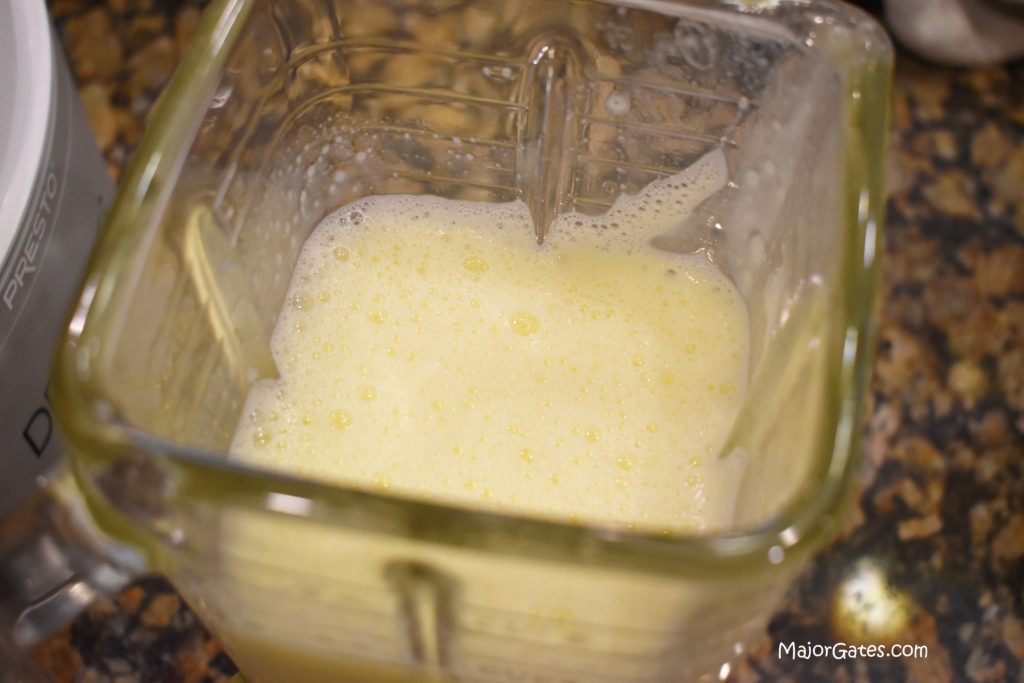
- Make sure you have lip/edge dehydrator trays placed in the dehydrator. Start with the bottom tier tray.
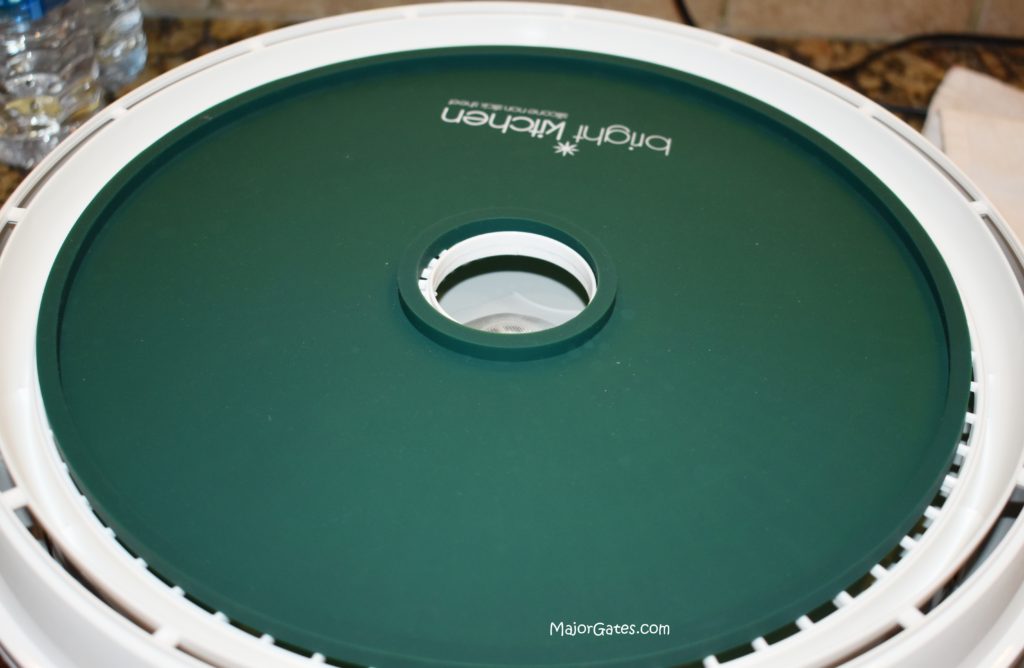
- Then slowly pour the blended eggs into the hydrator trays. Be sure to fill the trays completely without it over flowing. Pour the bottom layer, add another tray, and silicone tray, and pour more eggs. Repeat this process until all trays are full.
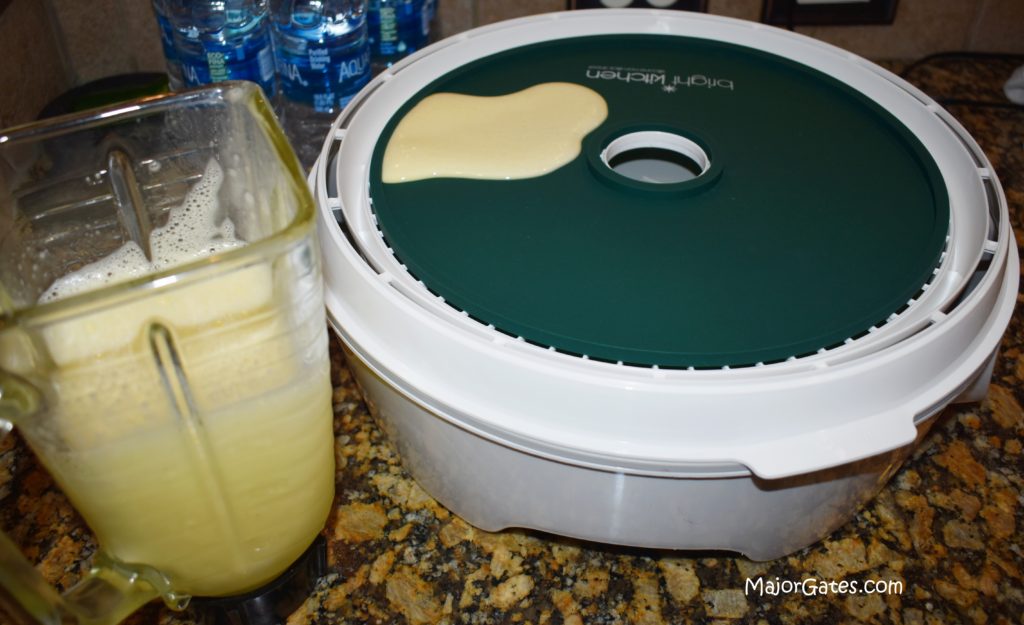
- Dehydrate 3 or more trays at 165 degrees Fahrenheit. My dehydrator defaults to 165° F. This is the temperature that safely kills salmonella.
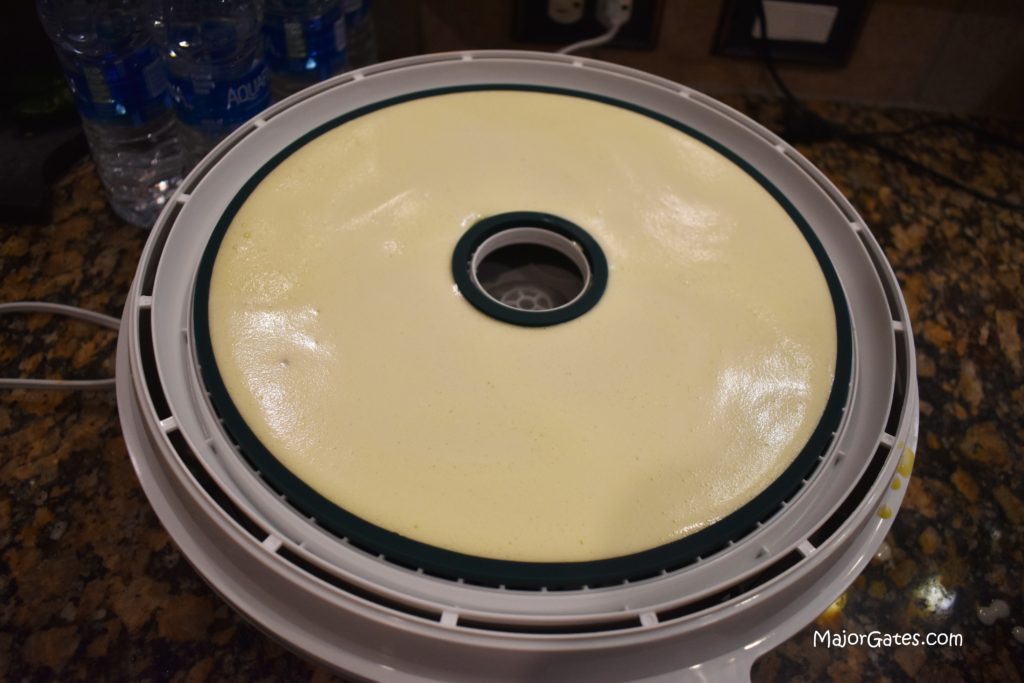
- Put on the lid. Allow to dehydrate for at least 10 hours or until the eggs are cracked and brittle and no moisture appears on the dried eggs. For my hydrator, it was about 12 hours. So the eggs should be slightly golden when they are done and look like peanut brittle. If there are parts that are not fully dried, put back in the dehydrator for another hour or two.
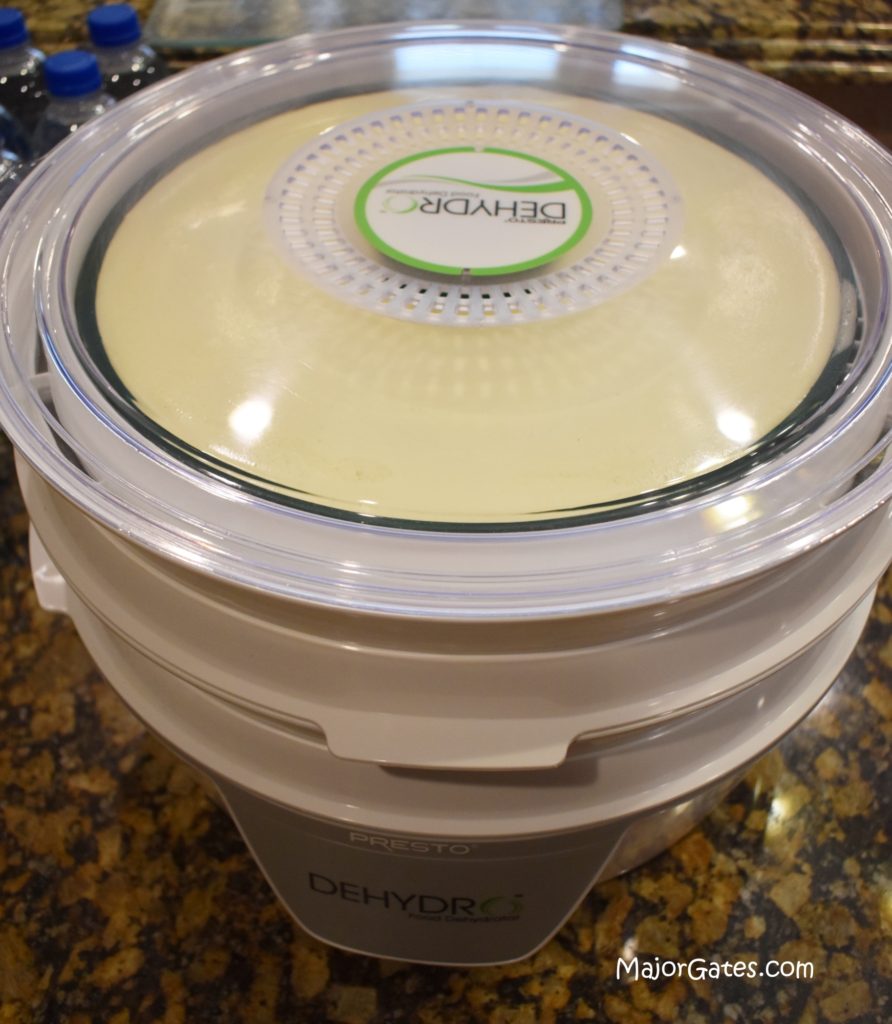
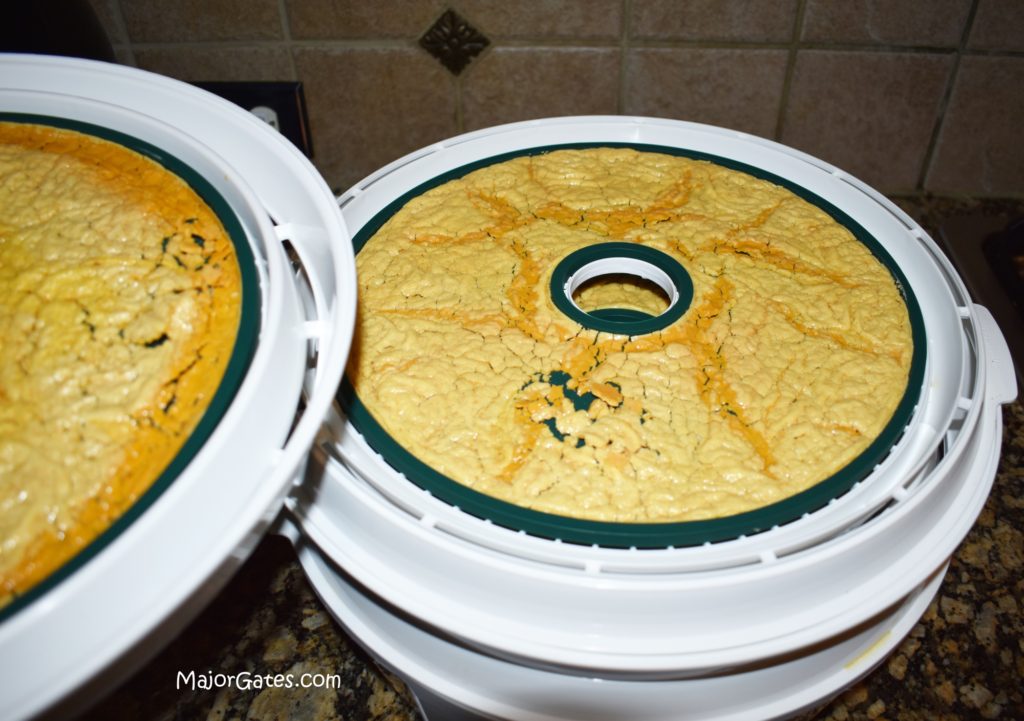
- Now, put the dried eggs in a bowl with a spoon. You can gently pick up the silicone trays and pour them into the bowl. It should just fall out. If any eggs are sticking to the silicone tray, then they are not fully dry. Any parts that are not dry, put back on the tray and dehydrate for 1-2 hours.
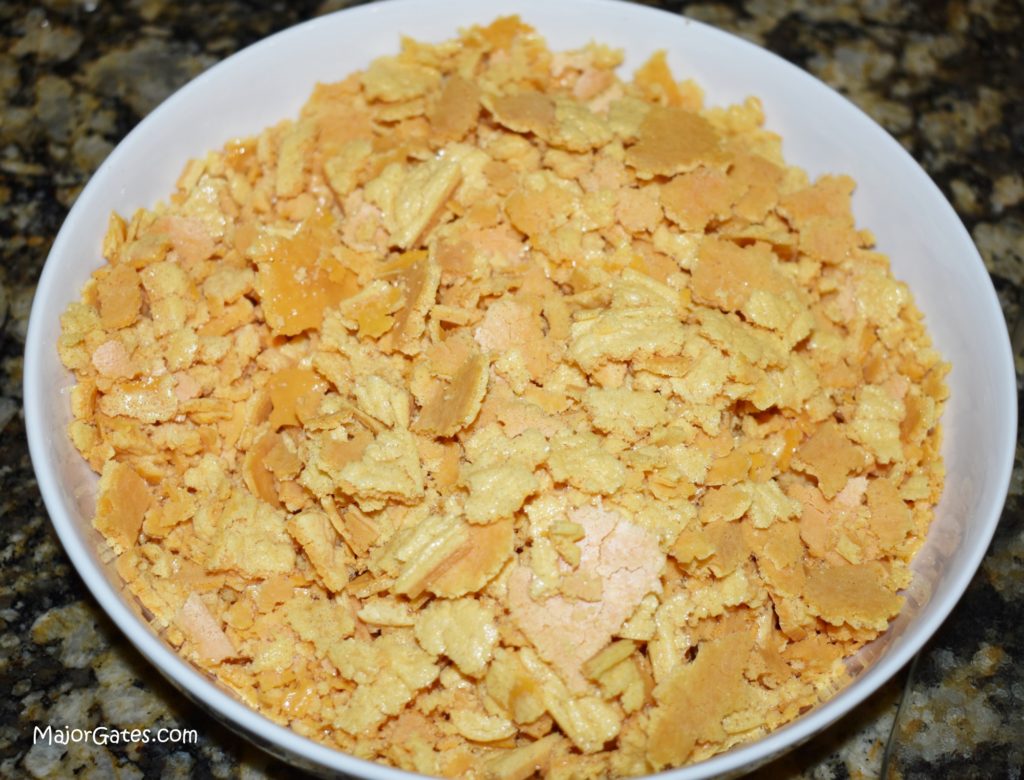
- Then spoon into the food processor. I use a mini-chopper to blend my eggs into a fine powder.
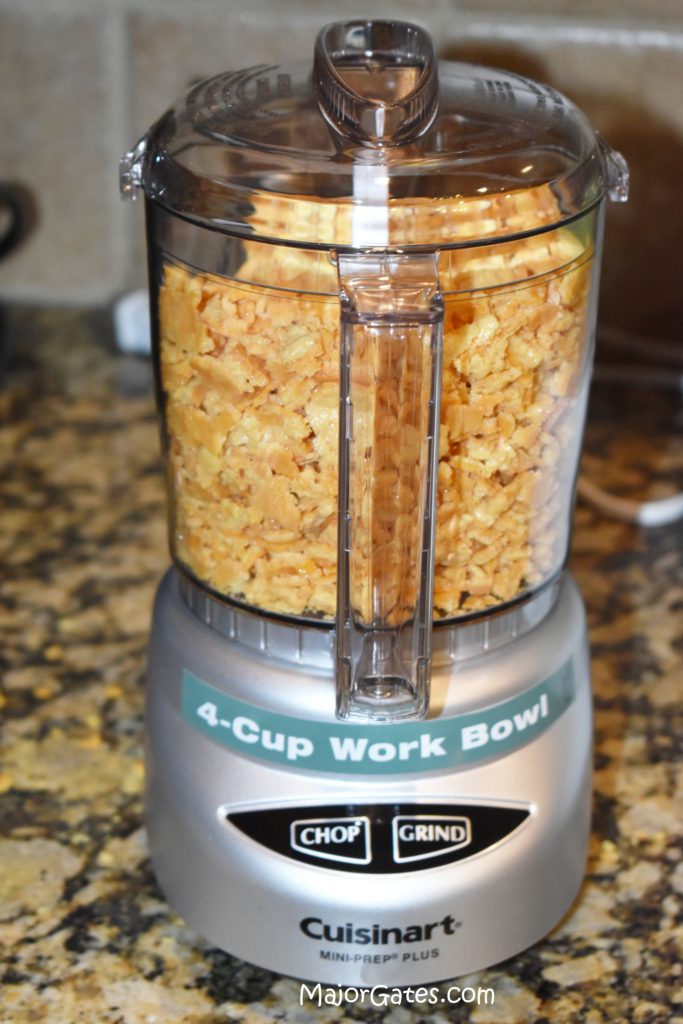
- Use the grind and chop function on the food processer to turn it into a powder. This should take a few minutes.
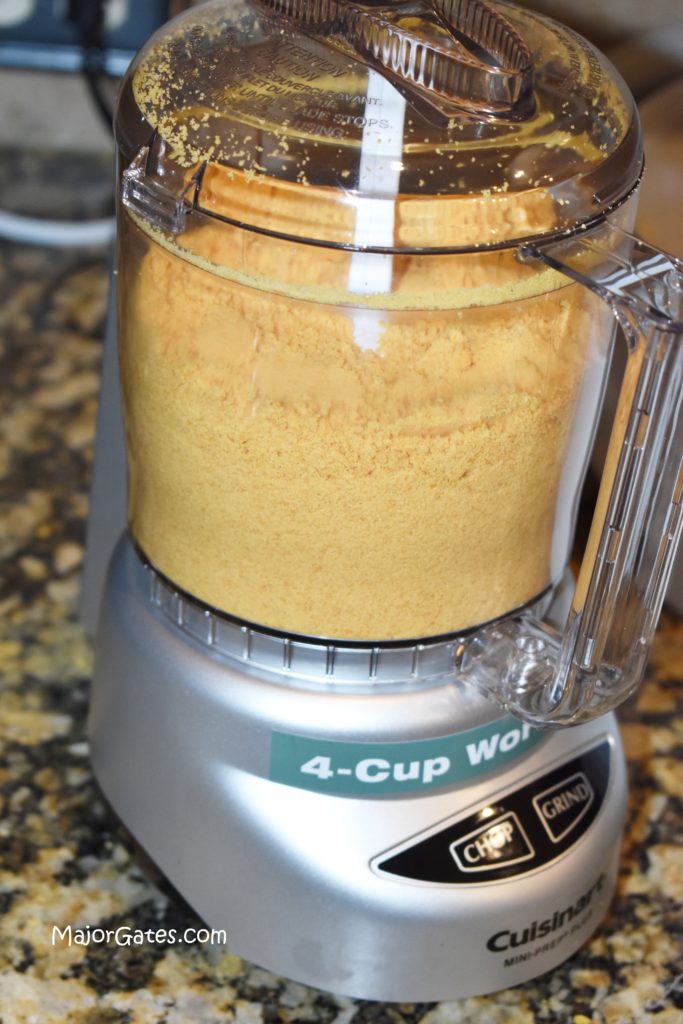
- Place the powdered eggs into Mason jars and then add an oxygen absorber (at least 300cc). Then vacuum seal to get a solid seal. Store in a cool, dry place and out of sunlight. Once the jar is open, keep it in the fridge and use within 1 year. So, don’t forget to add a label with the date packed and what is inside.
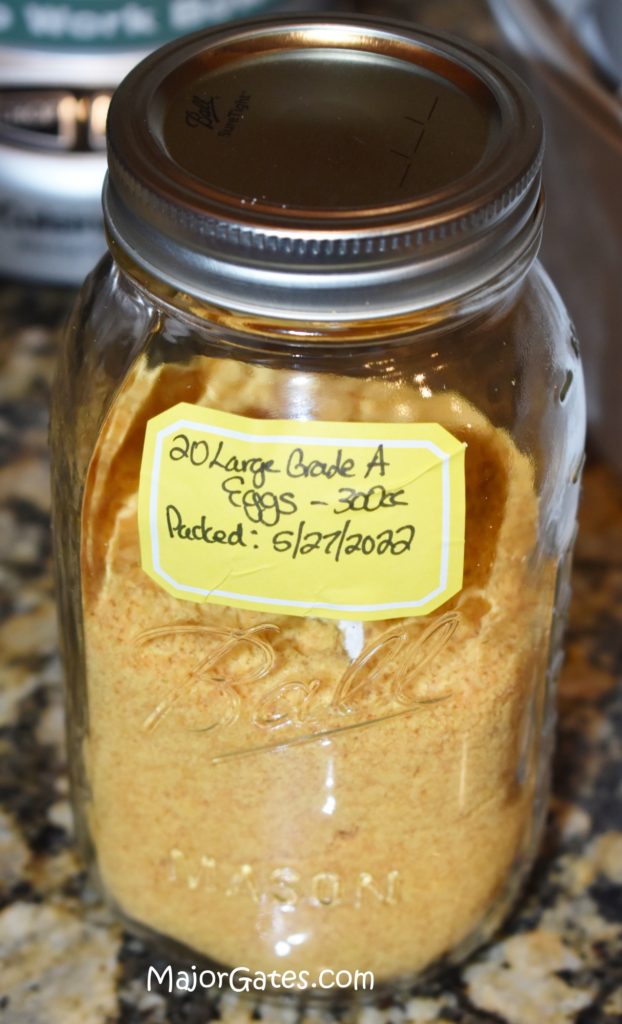
Using Dehydrated Eggs
- For scrambled eggs, use one Tablespoon of powdered eggs to two tablespoons of water and mix. Allow to sit for two minutes and they fry as usual. Re-hydrate eggs for recipes that call for eggs like, French Toast, frying things that call for liquid eggs, etc.
- You do not need to re-hydrate if you are adding to a dry recipe, like a cake mix.
- NOTE: If something went wrong, use your senses. If it smells bad or tastes bad when you open the jar, then throw it out. This can happen if the oxygen absorber did not work, or the seal was not good. Do a small taste test when you open the jar. I like to scramble 1 egg worth and do a quick smell and taste. If everything is good, then I store the jar in the refrigerator and use it. It is good for up to a year once opened.
Indicators that the food is bad:
-
- The container spurts liquid or foam when you open it.
- The food inside is discolored, moldy, or smells bad.
- Signs of Botulism: You’ll know it is there because it smells funny, tastes funny, or looks funny. Some things to look for are: bulging lids, food that spurts out of the jar when you open it (it is under pressure), leaking jars, or even mold on top of the food in the jar. Botulism requires moisture to breed. So while the eggs may have spores, their dry state will ensure that they stay spores and don’t develop. O2 absorbers are how they package powdered eggs for long term storage.
- I must caution that commercially-dehydrated eggs have a number of built-in safety procedures and techniques not available to the home dehydrator. Therefore, I feel compelled to conclude by saying that anyone dehydrating their own eggs is doing so at his or her own risk.
To learn more about food storage see my post on Mylar Bag Food Storage here: https://majorgates.com/do-it-yourself/mylar-bag-food-storage/

To see my available Jeopardy/Trivia Party Downloads, click here: https://majorgates.com/product-category/jeopardy-trivia/



I have a question about dehydrating eggs: do they stink as you are drying them?
Thanks
Jo
Hi Jo,
My eggs had a light cooked egg smell but not stinky at all. They smelled like when you fry scrambled eggs. I hope this helps.
Elena